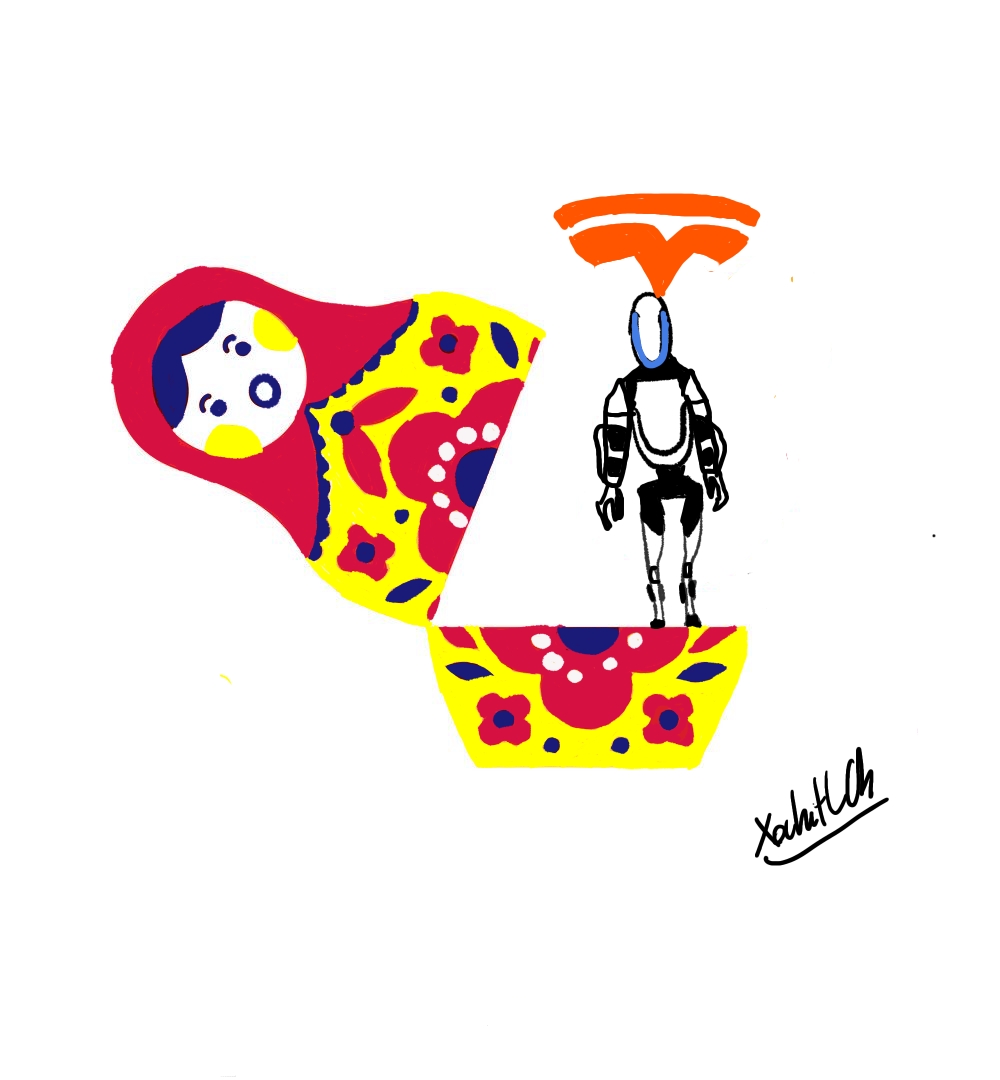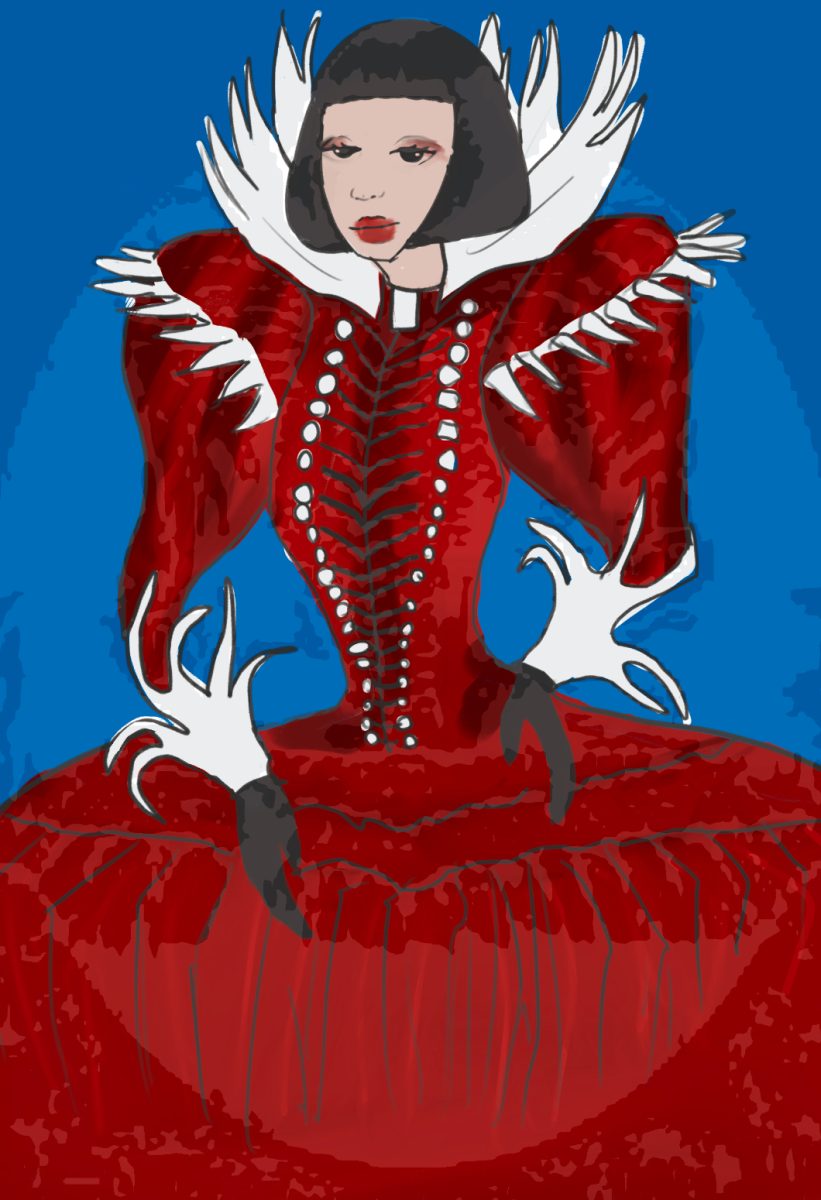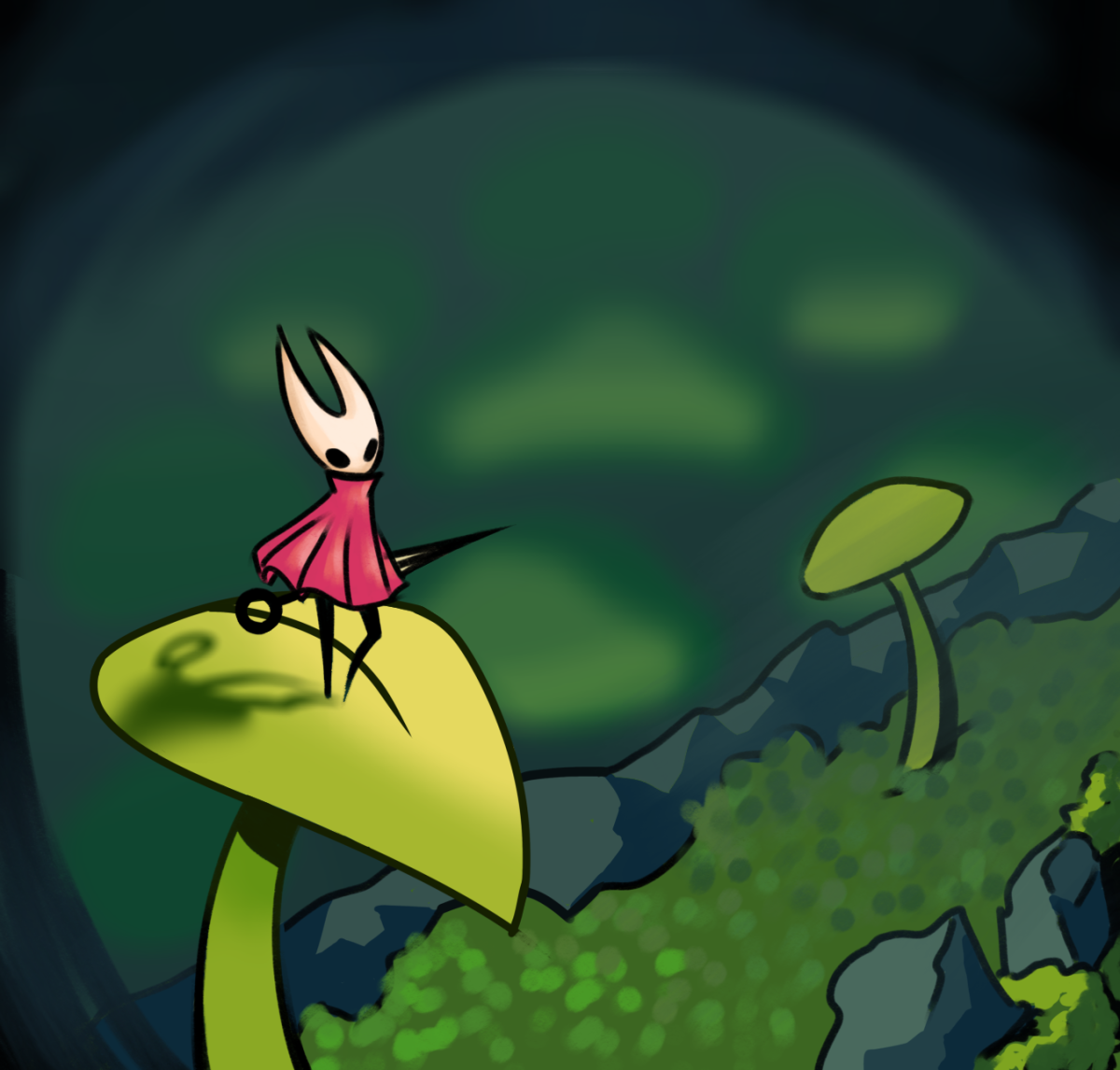In a world where imagination knows no bounds, entertainment has always been a fertile ground for innovation, giving birth to groundbreaking creations like Optimus, the humanoid robot developed by the engineering titan Tesla Inc., which launched its prototype in 2022 and, after that, underwent upgrades, to be reintroduced in October 2024 finally by Tesla’s CEO Elon Musk, accompanied by the announcement that production will begin to make it available worldwide in 2026.
The timeline of this dystopian dream started with the science fiction genre. A fertile soil from which the film industry took the seed to plant its vines of visionary visuals, to intertwine them to create a plethora of dazzling household blockbusters such as Star Wars, The Matrix, I Robot, Iron Man, The Avengers: Age of Ultron, Black Mirror, etc.
From the pages of science fiction novels, film studios brought to life the storytelling of visionary creators who dare to imagine the impossible. Hollywood captured the essence of unbelievable literary works with astounding graphics.
The film industry is evolving. Its growth is directly linked to cutting-edge technology advances. Motion pictures are the testing ground for what is possible in advanced robotics, which has materialized and challenged us to rethink the future of technology and humanity—the accelerated growth of the field.
With that in mind, Isaac Asimov’s science fiction publication “I Robot,” adapted for film in 2004, Opened the Gates for Tesla to emulate the design of humanoids described in the novel and presented in the movie. Optimus is among us who look like us on the outside and can perform human occupations. Tesla predicts that with massive production, each Optimus will range from twenty to thirty thousand dollars over time, less pricey than brand-new cars. His capabilities include telling jokes, keeping people entertained, dancing, performing, and acting. His propulsor, Elon Musk, declared it the greatest invention ever. Flabbergasted and concerned, society is reacting to the possibility of having the product as a staple in the entertainment, education, health care, and service industry for its advertised low cost and high-efficiency courtesy of the most advanced AI agent capabilities. For all it is worth, specifically in education, it’s taken considerable steps to incorporate artificial intelligence in the classroom, undertaking tasks such as scheduling, grading, and assisting teachers with lesson plans and language interpretation.
Furthermore, a few educational institutions have taken leaps and bounds. This is an example of Alpha School in Austin, Texas, where students are led by AI online tutors only in a setting with no teachers and a few adult supervisors who sometimes need a teaching degree or educational background. The institution, as mentioned above, is one of the first candidates to replace the few human staff with humanoid robots like Optimus once it is released on the market, which, according to the “godfather” of artificial intelligence Geoffrey Hinton, poses a threat to education and the workforce as we know it and it will deem humans obsolete. It is a cautionary tale seventy-four years in the making. As society grapples with the implications of introducing Optimus into everyday life, reactions are mixed. Many marvel at the potential benefits of having humanoid robots in the entertainment, education, healthcare, and service industries. However, deep concerns exist about their impact on human employment and social structures. The promise of low-cost, highly efficient robots raises ethical questions about reliance on AI and the value of human roles in these fields. Critics, including Geoffrey Hinton, caution that integrating such technology could lead to widespread obsolescence of human jobs, echoing fears from decades of science fiction narratives. Educational institutions are beginning to test these waters; for instance, Alpha School in Austin, Texas, employs AI tutors, eliminating the need for a traditional teachers’ approach and reducing the career placement chances for educators across all content areas. This radical shift prompts debates about the future of learning, student engagement, and the importance of human connection in education. We stand on the brink of a new era marked by advanced robotics. The challenge lies in balancing innovation with preserving human values and employment. In this brave new world, Optimus’s advent symbolizes hope and uncertainty. Society must prioritize meaningful human interaction alongside automation as it navigates this technological revolution. Only by fostering collaboration between mankind and machine learning agents can we ensure a future that honors creativity, empathy, and the very essence of our humanity. The data is indeed concerning; even the brightest minds developing artifical intelligence agents do not forsee a viable path to halt the rapid unleashing of the technology’s downsides. These include the ability to learn deception and manipulation techniques that, although the human brain compromises approximately one hundred billion neurons, has not yet reached its full potential. In contrast, the artificial counterpart, with its sixteen million neurons, is capable of outperforming the human brain in numerous areas. This imbalance raises critical questions about the future of our society and the ethical implications of such advancements.
From wildest dreams to Dystopian Reality
Elon Musk’s Optimus robot takes internet by storm
Donate to Viator Voice
$50
$500
Contributed
Our Goal
Your donation will support the student journalists of Saint Viator High School. Your contribution will allow us to purchase equipment and cover our annual website hosting costs.
More to Discover









